Discover the full story behind the Shimla Agreement signed in 1972 between India and Pakistan. Explore its background, objectives, clauses, and its long-standing impact on Indo-Pak diplomacy.
Introduction
The Shimla Agreement, signed on 2nd July 1972, between India and Pakistan remains a cornerstone in the history of South Asian geopolitics. It was a diplomatic attempt to normalize relations between the two nations following the 1971 Indo-Pak war, which led to the creation of Bangladesh. The agreement aimed to resolve issues through bilateral dialogue and mutual respect for sovereignty, thereby avoiding future armed conflicts.
This article delves deep into the origin, context, clauses, implementation, controversies, and the long-term implications of the Shimla Agreement.
Background: The Indo-Pak War of 1971
To understand the Shimla Agreement, we must first grasp the circumstances that necessitated it.
Political Climate Before the War
In the early 1970s, Pakistan was politically divided. The eastern wing (now Bangladesh) felt economically and politically marginalized. This discontent culminated in East Pakistan’s demand for independence.
On March 25, 1971, the Pakistani military launched Operation Searchlight in East Pakistan, aiming to crush the Bengali independence movement. This led to a humanitarian crisis, pushing over 10 million refugees into India.
India’s Involvement
India, led by Prime Minister Indira Gandhi, offered political, diplomatic, and military support to the Mukti Bahini, the Bangladeshi freedom fighters. The conflict escalated into a full-blown war in December 1971, culminating in the surrender of 93,000 Pakistani soldiers in Dhaka on December 16, and the birth of Bangladesh.
This historic military victory gave India a significant diplomatic upper hand, which was later leveraged during the Shimla Conference.
The Shimla Summit: An Overview
When and Where
Date: July 2, 1972
Location: Shimla, Himachal Pradesh, India
Main Signatories:
Indira Gandhi – Prime Minister of India
Zulfikar Ali Bhutto – President (later PM) of Pakistan
Objective
The main aim was to:
Lay down the framework for future India-Pakistan relations
Resolve disputes through peaceful bilateral means
Set the tone for post-war normalization between the two nations
Key Provisions of the Shimla Agreement
The agreement consisted of several clauses focused on peace, cooperation, and conflict resolution. Here are the major highlights:
1. Bilateral Resolution of Disputes
“That the two countries are resolved to settle their differences by peaceful means through bilateral negotiations…”
This clause emphasized bilateralism, which India interprets as excluding third-party mediation (e.g., UN or USA).
2. Respect for the Line of Control (LoC)
Both sides agreed to respect the Line of Control (formerly the ceasefire line), and neither side would unilaterally alter it, regardless of mutual disagreements.
3. Withdrawal of Troops
Both armies agreed to withdraw to their pre-war positions, except in Kashmir where the LoC replaced the Ceasefire Line drawn after the 1949 Karachi Agreement.
4. Repatriation of Prisoners of War (PoWs)
India agreed to release over 93,000 Pakistani PoWs, including military personnel, in a goodwill gesture.
5. Reaffirmation of UN Charter Principles
Both parties agreed to follow the UN Charter, including:
Sovereignty
Territorial integrity
Non-interference in each other’s internal affairs
Strategic Importance for India
Diplomatic Victory: India transformed its military success into diplomatic leverage.
No Third-Party Mediation: Aimed to keep Kashmir as a bilateral issue.
Peace Dividend: A chance to focus on internal development post-war.
Strategic Importance for Pakistan
Return of PoWs: This was vital for Pakistan to rebuild its military.
Political Legitimacy: Bhutto used the Agreement to boost his leadership image domestically.
No Formal Recognition of Bangladesh (in the Agreement): Gave Bhutto time to manage internal political dissent.
Challenges in Implementation
Despite the positive intentions, the Agreement faced several hurdles.
1. Different Interpretations of Bilateralism
India sees Shimla as excluding international mediation.
Pakistan later sought UN or U.S. involvement in Kashmir, especially after the Kargil War (1999).
2. Kashmir Conflict Unresolved
The LoC became the de facto border, but the Kashmir issue remained politically volatile, with no long-term resolution.
3. Militancy and Proxy Wars
In the late 1980s, Pakistan-backed militancy in Kashmir complicated Indo-Pak relations further, violating the spirit of the Agreement.
Shimla Agreement and International Law
Relation with Tashkent Agreement (1966)
The Shimla Agreement built on the Tashkent Agreement, signed after the 1965 Indo-Pak war, by shifting the focus from ceasefire to normalization.
Does it Override UN Resolutions?
India argues yes, citing the bilateral clause, while Pakistan says UN Resolutions on Kashmir still hold validity.
Subsequent Violations and War
Despite the Shimla Agreement, relations remained rocky.
Kargil War (1999)
Pakistani troops crossed the LoC, leading to the Kargil conflict, a clear violation of the Shimla Agreement.
Mumbai Attacks (2008)
The 26/11 attacks by Pakistani-based terrorists severely deteriorated diplomatic ties and violated mutual commitments to peace.
Modern-Day Relevance
Article 370 Abrogation (2019)
India’s revocation of Article 370 in Jammu & Kashmir drew sharp criticism from Pakistan, which again cited UN intervention – conflicting with Shimla’s bilateralism.
Cross-Border Ceasefire Agreement (2021)
Both countries agreed to reaffirm the 2003 ceasefire, loosely in the spirit of the Shimla Agreement, showing its lingering influence.
Criticism of the Shimla Agreement
From Indian Perspective
Too lenient on Pakistan: Critics argue that India didn’t capitalize on its military victory and PoWs leverage.
No binding conflict resolution on Kashmir.
From Pakistani Perspective
Bhutto compromised too much: Critics believe Pakistan surrendered moral ground and recognized the LoC implicitly.
Notable Quotes
“Shimla was not just an agreement; it was a commitment to peace by two warring neighbors.”
– Indian Diplomatic Archives
“We have buried the hatchet and look forward to a future of peace.”
– Zulfikar Ali Bhutto, July 3, 1972
Lessons from Shimla Agreement
Peace is always a process – Not a one-time event.
Bilateral diplomacy works best when there is trust and continuity.
Words on paper must match actions on the ground.
Conclusion
The Shimla Agreement was a diplomatic milestone that symbolized a moment of hope amidst decades of hostility between India and Pakistan. Although imperfect and often breached, it remains a reference point for any dialogue or negotiations between the two nuclear-armed neighbors.
Even today, the principles outlined in Shimla—sovereignty, territorial integrity, and peaceful bilateral dialogue—are echoed in diplomatic circles. Its relevance in shaping Indo-Pak relations, especially on Kashmir and border disputes, remains undeniably significant.
Whether it succeeded or failed is debatable, but what’s certain is that the Shimla Agreement redefined South Asian diplomacy for decades.
Also Read:-
Also Read:-
1.Indus Water Treaty Explained: History, Disputes, and Current Status (2025 Update)
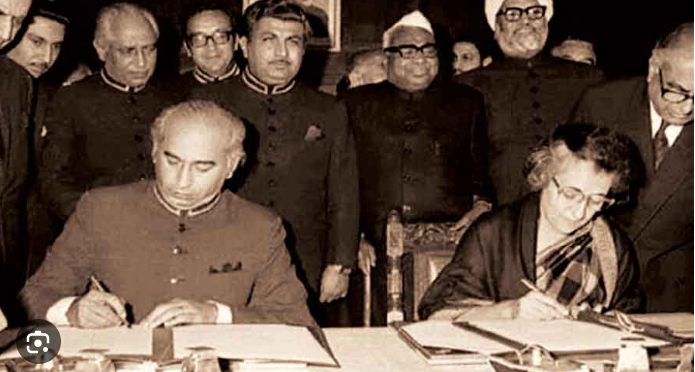

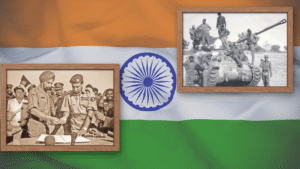







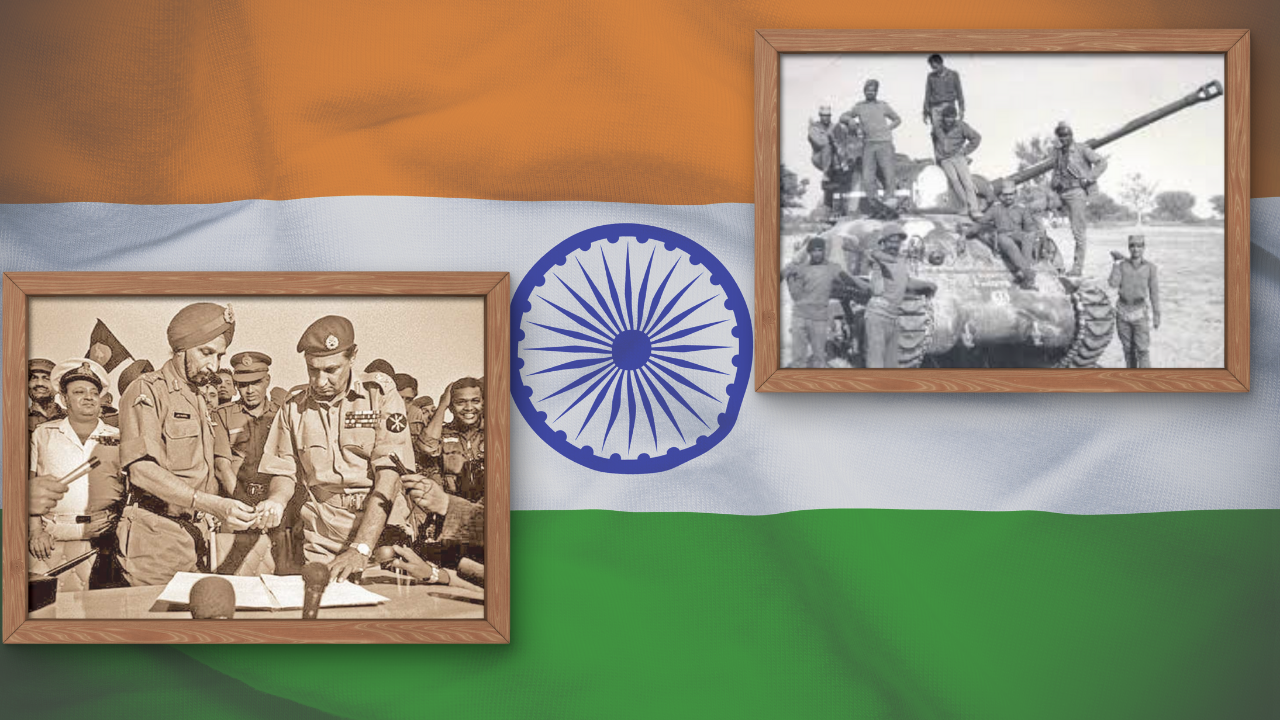

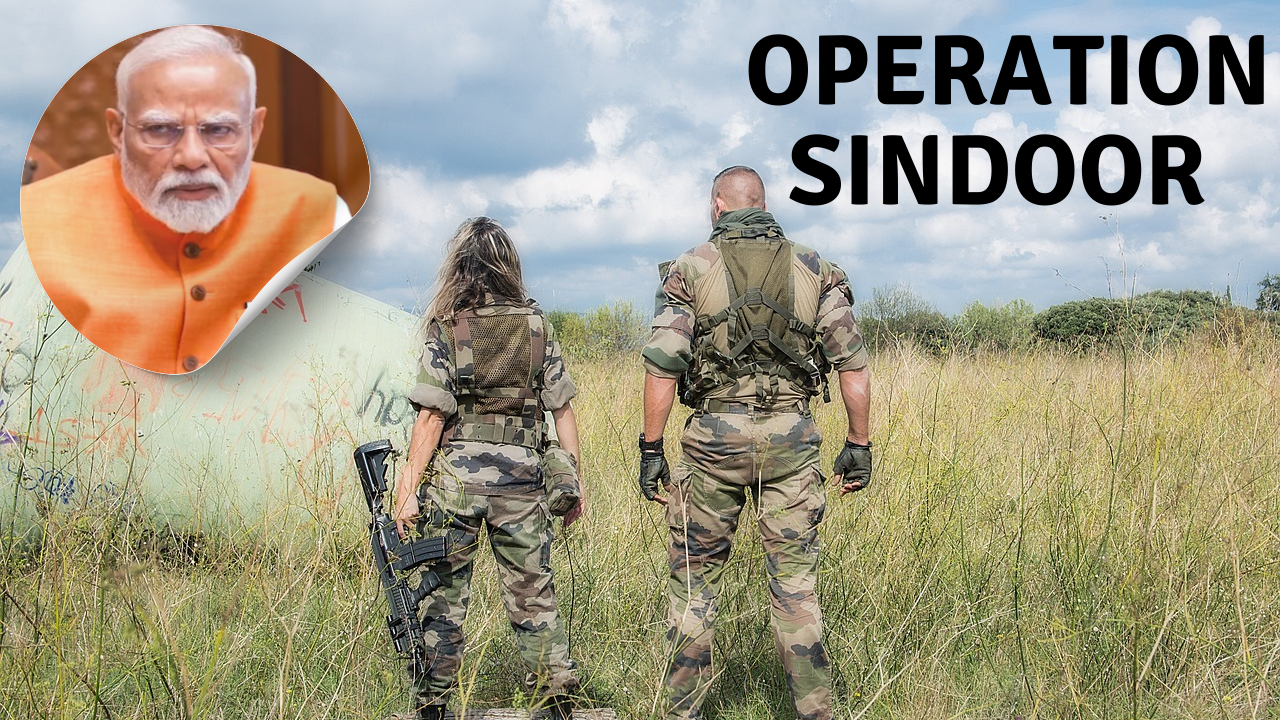










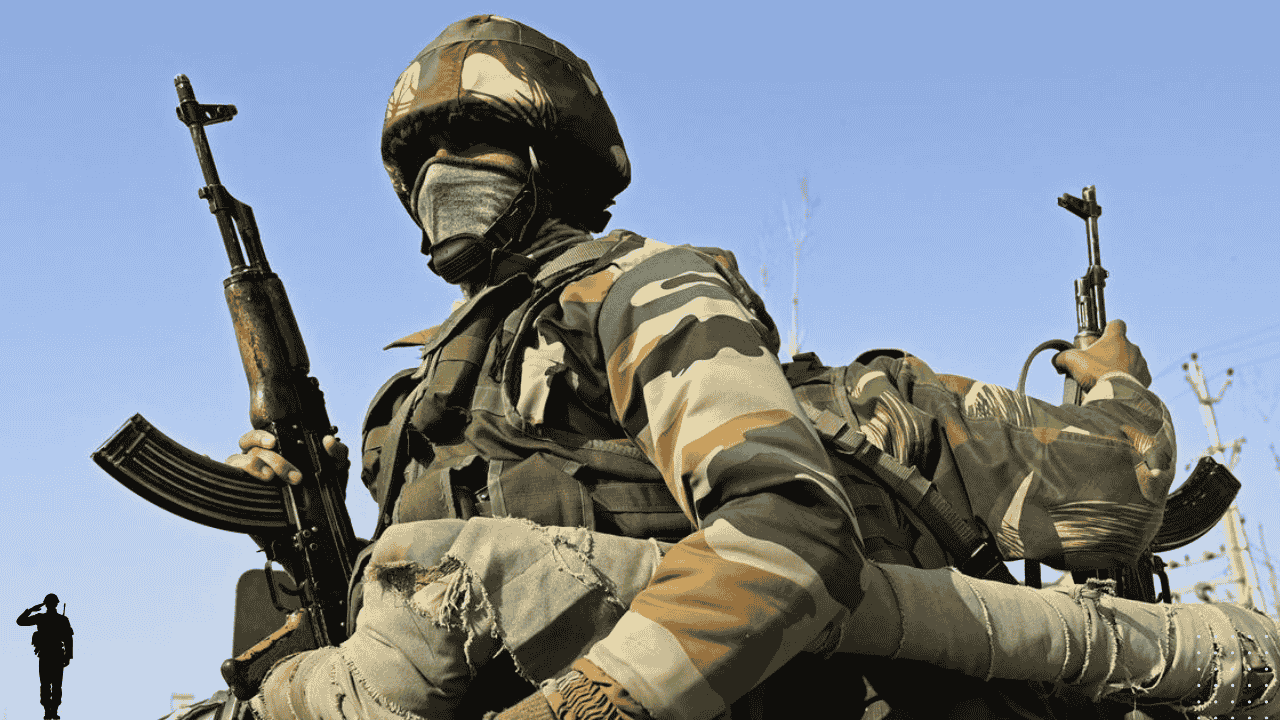





1 thought on “Shimla Agreement: A Historic Pact That Shaped Indo-Pak Relations Post-1971 War”
Pingback: Pahalgam Terror Attack 2025: Timeline, Victims, Perpetrators, Government Response & Global Reactions -